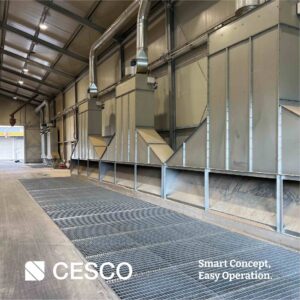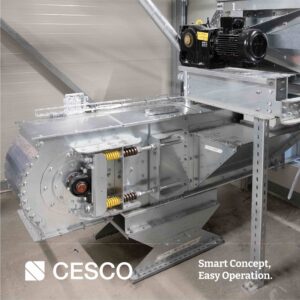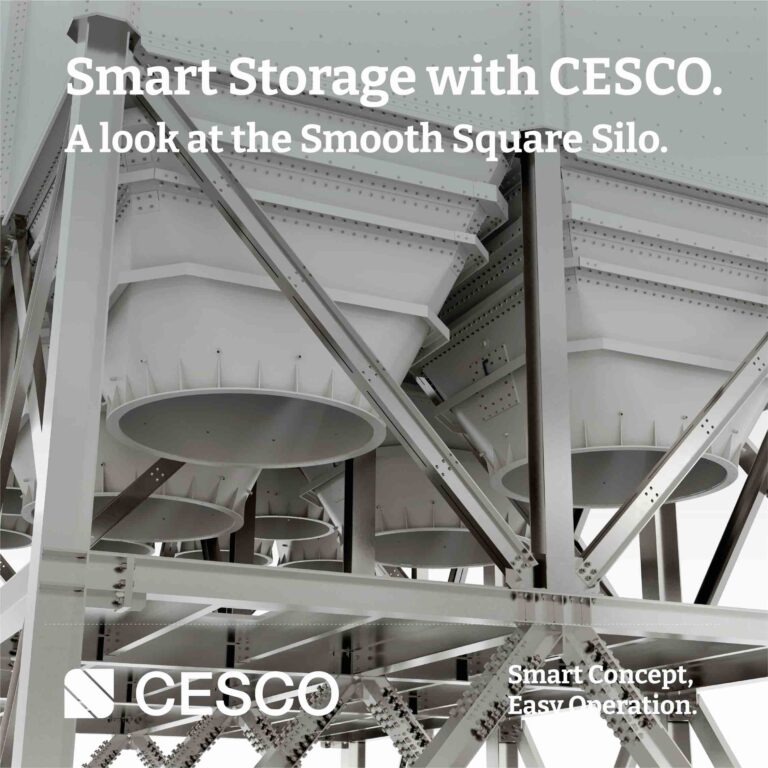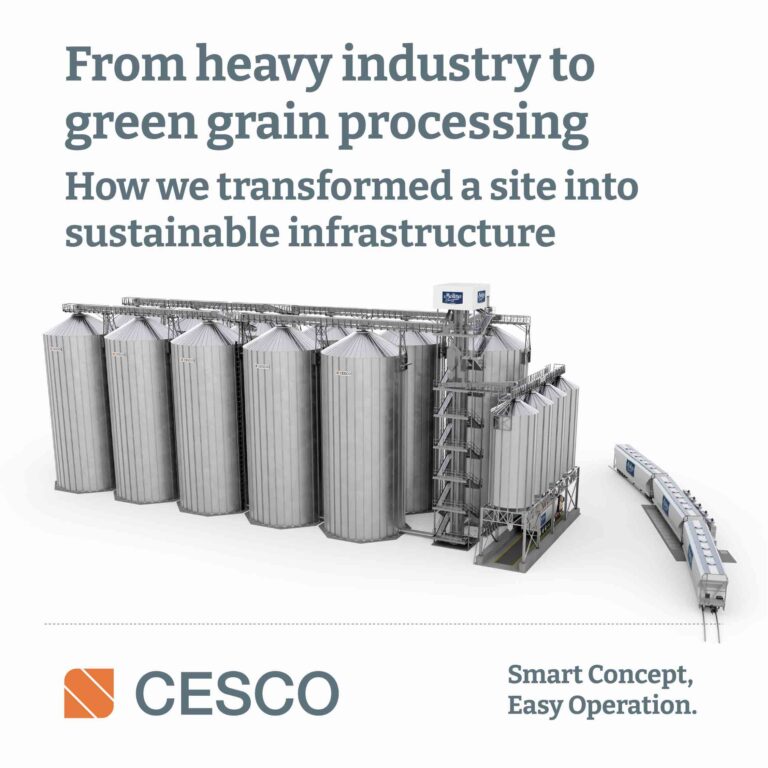Mastering Grain Handling: 5 Pro Tips for Smarter, Safer Operations

Grain handling isn’t just about moving product from point A to point B, it’s a dynamic process that, when done right, can make or break the efficiency of an entire operation.
Whether you’re running a coastal port or an inland terminal, success starts with smart design, long-term thinking, and attention to the details that often get overlooked.
Here are the five essential best practices that leading operations rely on to stay efficient, safe, and ready for what’s next:
1️⃣ Design for flow—not just volume.
It’s tempting to size systems for maximum throughput, but ignoring how grain actually moves can lead to clogs, wear, and inefficiencies. Smart layouts focus on smooth transitions, natural flow paths, and built-in flexibility for future upgrades.
2️⃣ Prioritize equipment accessibility.
If critical components are hard to reach, maintenance gets skipped, and downtime creeps in. Prioritize service access during the design phase so your team can keep things running without the headache.
3️⃣ Treat dust and debris control as core, not optional.
Magnetic grids, aspiration systems, and spot filters aren’t extras—they’re key to protecting your equipment and preserving grain quality. Integrate them from day one, not as an afterthought.
4️⃣ Choose modular, scalable systems.
Today’s needs won’t be tomorrow’s. Modular chain conveyors, belt conveyors, bucket elevators, and intake pits make it easy to adapt without ripping everything apart. Future-proof your setup from the start.
5️⃣ Don’t cut corners on installation.
Even the best equipment underperforms if it’s misaligned, poorly calibrated, or unsupported. Partner with teams who focus on precision and post-commissioning follow-up, not just ticking boxes.
Grain handling is evolving. The operations that stay ahead aren’t necessarily the biggest, they’re the ones that pay attention to the details, adapt to change, and design systems that work with their teams, not against them.
Curious how others are adapting their grain handling systems for future challenges?
Let’s connect and exchange ideas here









